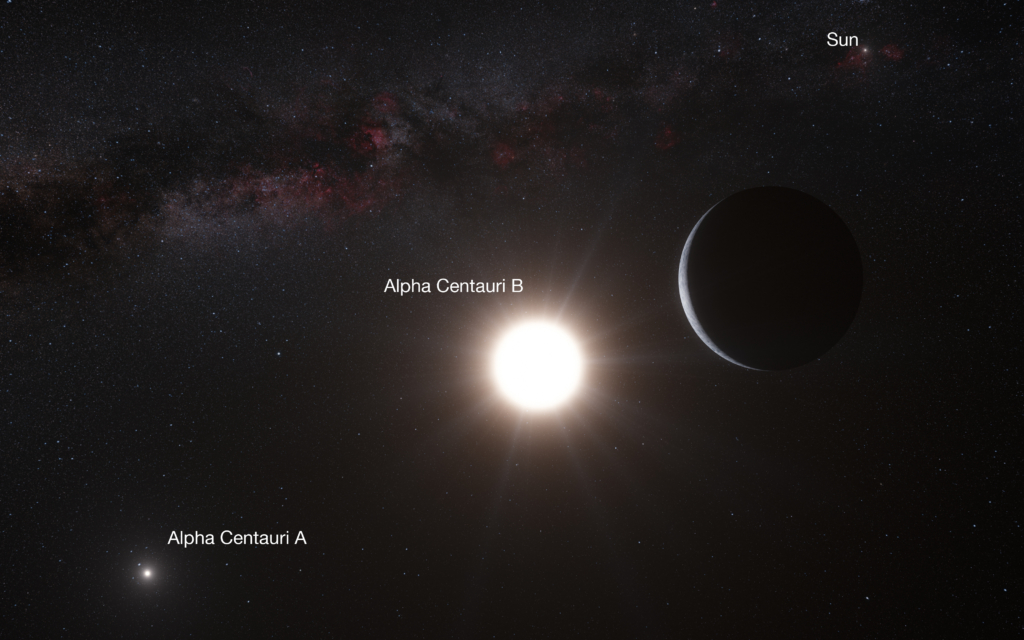
When it comes to space travel, getting from point A to point B, at a faster rate is among the biggest challenges facing researchers, eager to explore new worlds. One researcher, however, thinks that he has found a solution that could reduce travel time to Mars to less than one hour, using laser-based technology.
The process, known as directed energy propulsion, involves focusing a laser on small spacecraft, speeding it up to a fraction of the speed of light. In doing so, trips to nearby systems can be potentially fractionalized, taking hours rather than months to reach a destination. This could all be possible thanks to the research of Phillip Lubin, a scientist working with NASA’s Innovative Advanced Concepts Program.
According to Lubin’s research, space travel via directed energy propulsion would require a small, “wafer-thin” spacecraft. The spacecraft would be equipped with a laser sail, just over three feet long called DE-STAR (Directed Energy System for Targeting of Asteroids and ExploRation.) A strong laser in Earth’s orbit would be fired at the sail, accelerating it into space.
The small size of the spacecraft (around 200 lbs) would not make directed energy propulsion an option for manned travel or heavy cargo. However, equipping the craft with simple instruments as a way to collect data in “fly-by” missions is something it is more than capable of. Another concern for the concept is the fact that without an equal laser at the opposite end of where the craft is headed, it would not stop. While this does limit the capabilities of the craft, using it almost exclusively as a research tool opens up the door for future, similar developments. Rather than relying on rocket fuel, accelerating through chemical propulsion, using light to obtain lightspeeds uses electromagnetic acceleration, in a fraction of the time. Lubin expands on this in the paper A Roadmap To Interstellar Flight, which details the research that earned Lubin and his team a proof-of-concept grant from NASA.
Should NASA greenlight direct energy propulsion for space travel, the proposed spacecraft could potentially expand past our neighboring planets and into nearby star systems, like Alpha Centauri. The speed made possible by directed energy propulsion could cut down the travel time to the star system, located approximately four light years away, to less than 20 years. “There is no known reason why we cannot do this,” Lubin says in “Going Interstellar,” a NASA 360 video, detailing the concept.
While shooting lasers at a spacecraft, headed toward Mars sounds like a science fiction concept, it is very much rooted in what is possible today. As the application of laser-based technologies becomes more commonplace in utilization, LIA continues to foster lasers and laser safety worldwide. For information on laser safety training and more, please visit www.lia.org





